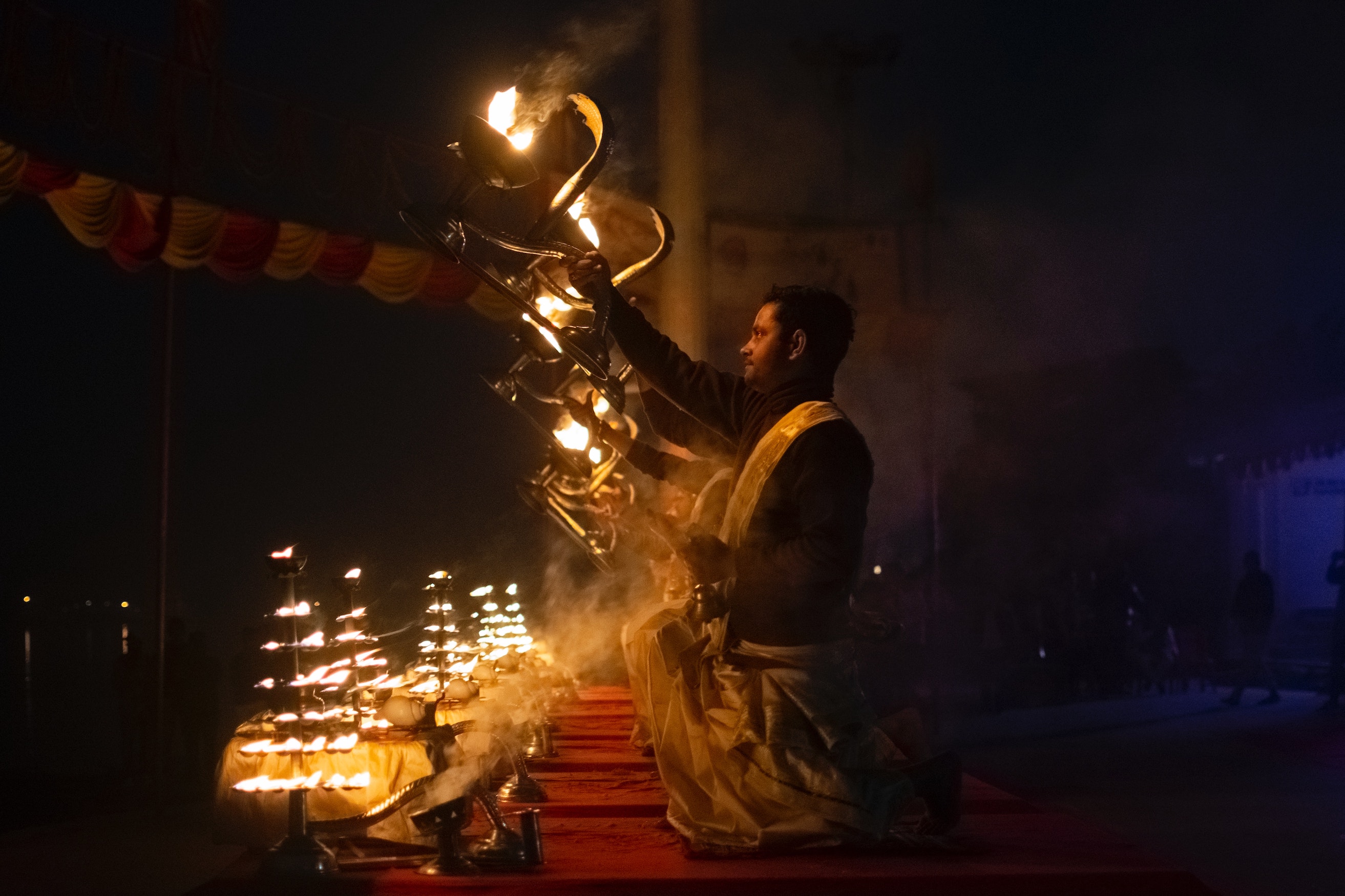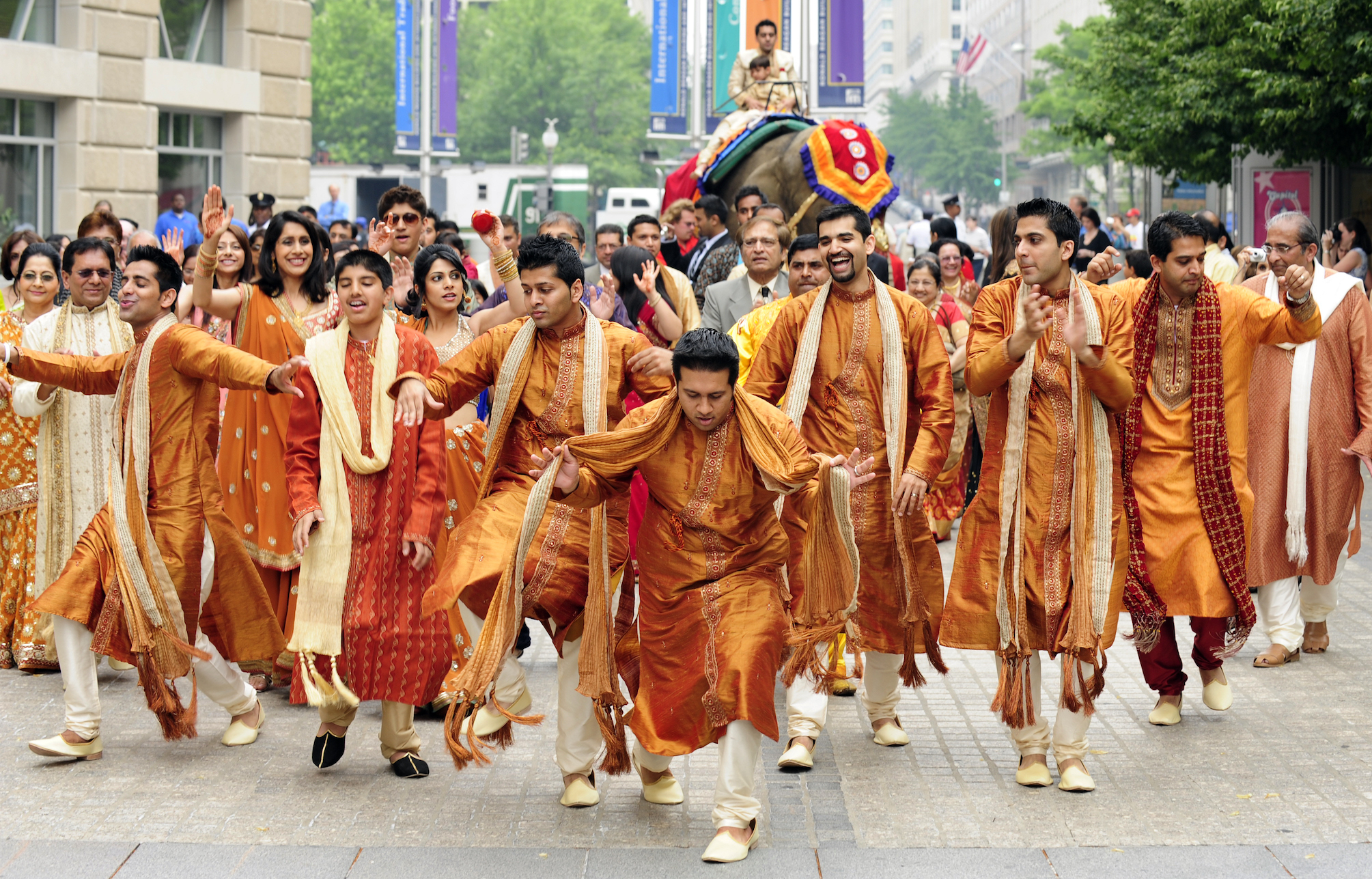
Business & Economics
When a Tweet met with a roar

India’s caste system is a millennia old hierarchy that has helped to create deep inequalities. Celebrities who flaunt their caste identity can end up further promoting and enabling this inequality
Published 25 August 2021
Recently, Ravindra Jadeja, an Indian international cricketer, hit two fifties in India’s three-day tour match in England.
Off the field, late that night, he tweeted brandishing his Rajput caste identity: #RAJPUTBOYFOREVER. It became his most popular tweet ever, with more than 100,000 likes, 25,000 retweets and thousands of comments.
#RAJPUTBOY FOREVER. Jai hind🇮🇳
— Ravindrasinh jadeja (@imjadeja) July 22, 2021
This tweet was an expression of Jadeja’s support for his fellow cricketer Suresh Raina who was criticised by some for claiming that his Brahmin caste identity helped him to embrace the culture of Chennai, whose city’s team he now plays for.
Not that Raina needed Jadeja’s support, he received support on social media from thousands of Brahmins including cricketers and other celebrities who asserted their Brahmin identity, resulting in #IamBrahmin trending on Twitter.
In India’s caste system, Brahmins are at the top, followed by Kshatriyas (the so-called warriors/soldiers) – which is the caste that includes the Rajputs that Jadeja belongs to.

Business & Economics
When a Tweet met with a roar
The social media post of Jadeja asserting his caste identity isn’t his first. His Twitter timeline epitomises how he displays his caste identity.
And Jadeja isn’t the first public figure to assert or invoke his caste identity.
Subramanian Swamy – a politician who earned a PhD from and taught at Harvard University – claimed that he cannot be a chowkidar (security guard) because he is a Brahmin.
Vishal Sikka, ex-CEO of Infosys, highlighted his Kshatriya caste identity to assert that he would fight the board that raised concerns about corporate governance. Tamanna Bhatia – a Bollywood star – said that she is a Sindhi and wouldn’t pay more for anything.

Unlike in the West, where even decades-old racist and sexist tweets of England bowler Ollie Robinson earned him a rebuke and suspension, these behaviours are condoned and go unnoticed because they are seen as a mere expression of a person’s identity and culture.
The caste system is a millennia old hierarchy that categorises and positions people into a stratified social structure based on their birth. It can determine a person’s opportunities for education, advancement, and even social and spiritual life, among other things.

Politics & Society
The problem with being young in India
This has created deep inequalities in South Asian societies, across countries and religions.
Historically, every aspect of socioeconomic interactions – including surnames, choice of food, clothing, and occupations – were prescribed based on caste.
The caste system is maintained by preventing the lower castes from rejecting the symbols of that lower caste and adopting those of upper castes.
So, the celebratory symbols and actions that Jadeja commonly practices as his culture, are forbidden to a lower caste person – particularly to Dalit (known as the ‘untouchable’ caste, considered lowest of the caste hierarchy).
Firstly, Jadeja adds Sinh (meaning lion or king of jungle) as part of his name, something that only people of his caste can do. A Dalit, from the same state as Jadeja, added Sinh to his last name on Facebook. He was thrashed and his house was attacked.

Secondly, Jadeja frequently posts videos of him riding horses, which is a privilege that only high caste people can enjoy. Dalits are killed for owning a horse and are frequently attacked for riding a horse during weddings, with a horse dying in at least one case.
Thirdly, Jadeja posts pictures of himself stylishly donning Rajput attire, including shoes and jewelry. But a 13-year-old Dalit was assaulted for wearing similar shoes and a gold chain.
Not only that, the attack was filmed and shared virally.

Politics & Society
A long way from home
Finally, Jadeja posts pictures of himself posing with a twirling moustache, claiming it to be his style. For the same act – sporting similar moustache and posing while twirling it – Dalits are often attacked and their moustaches are shaved.
It’s an act that is both humiliating and traumatising.
These are just a few examples, but Jadeja’s timeline is full of his asserting his upper (and oppressive) caste identity, including when he was selected for international tours, when he posed with a lion, when he praised the acting of Randeep Hooda, and when he donned a suit, courtesy SGS Silk Mills.
It’s true that Jadeja and other public figures aren’t directly involved in any of the vicious physical attacks of the kind we’ve outlined here. But their actions enable inequalities by legitimising some of these oppressive identities and provides fuel to those who are willing to use violence.

It’s no real surprise that many of the incidents we described above are committed by people of the upper castes, including Jadeja’s own caste brethren; and many of them occurred in his home state and in surrounding regions dominated by his caste brethren.
Celebrities deploying caste-based identities and practices in the public sphere normalise existing inequalities and social hierarchies founded on the caste system.
The routine brandishing of upper caste culture not only reproduces inequalities, but they seamlessly become the dominant representation of a national culture. Consequently, they marginalise and exclude those who aren’t from the dominant culture.

Politics & Society
History repeating: Losing citizenship in India
Well-known sports players and actors from the Indian cinema industry Bollywood are idolised and revered. Yet, the vast majority of cricketers are from the upper castes and Bollywood films are about upper caste heroes.
Recognising casteist behaviour, and countering it to create safe and inclusive societies and businesses, is a challenge. This is because caste is intertwined with many things that would be celebrated in a multicultural society.
Addressing these historical inequalities, particularly those that are intertwined with culture and identity, isn’t easy. However, it’s possible to address them if powerful people use their resources towards it rather than remaining silent spectators.

This includes sports administrators who select and manage the players; they can advocate for diversity and sensitisation of the players.
Companies that engage the sportspersons and actors as brand ambassadors have a major role to play – they can (like many in the West) set rules of engagement. Social media companies that provide platforms for the expression of oppressive cultures and identities can monitor and curb those.
Then there’s media companies and journalists who have the power to question inequalities as well as consumers who can express their displeasure.
Inequalities – of caste, class, race, gender and indigeneity – are ingrained and seep into our social and work lives, often through privileged decision makers and influential stakeholders, not only causing harm to individuals but also to businesses and societies.
It’s imperative that we all recognise the problems of the historical inequalities of the caste system and be aware how a simple hashtag reproduces and reifies social hierarchies.
Banner: Indian batsman Ravindra Jadeja. Photo by Pankaj Nangia/The India Today Group/Getty Images)